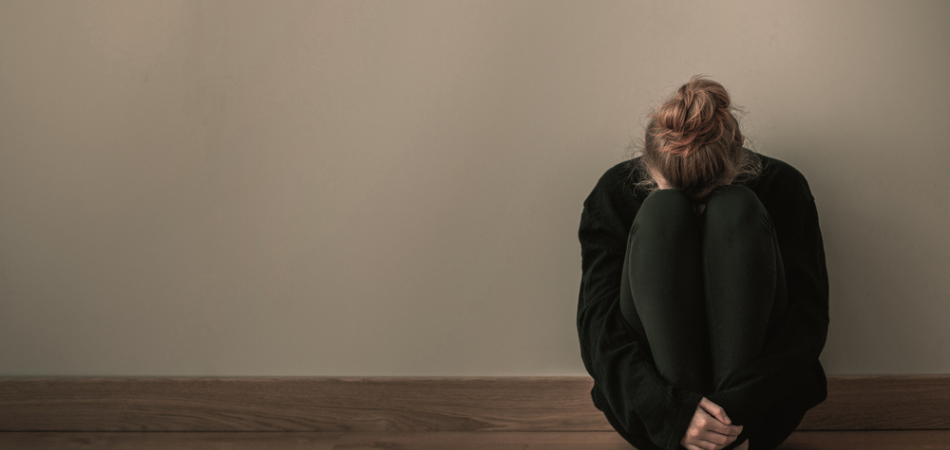SUD and BDD
In an attempt to self-medicate or cope with these distressing emotions, individuals with BDD may turn to substances, leading to the development of a Substance Use Disorder (SUD). The use of drugs or alcohol may provide temporary relief from the psychological distress associated with BDD, creating a cycle of dependence.
An old study involving 86 individuals with BDD revealed significant associations with substance use disorders (SUD). Nearly half (48.9%) of the subjects had a lifetime SUD, with 29.5% reporting substance abuse and 35.8% reporting substance dependence, predominantly alcohol dependence (29.0%).
Worryingly, 17% exhibited current substance abuse or dependence, with 9.1% reporting ongoing substance abuse and 9.7% reporting current dependence.
One of the most interesting parts of the study showed that 68% of those with a lifetime SUD attributed BDD as a contributing factor to their substance use issues, suggesting a complex interplay between the two conditions.
Behavioural addiction and BDD
While there are links between substance abuse and BDD, emerging research suggests that those with BDD may be more likely to show signs of behavioural addictions, such as exercise addiction.
Exercise addiction refers to a compulsive engagement in physical activity that goes beyond the point of health and becomes harmful. It involves a persistent desire to exercise, even with negative consequences.
Someone with exercise addiction may show the following symptoms:
- Exercising for extended periods despite physical injury or illness.
- Prioritising exercise over social, occupational, or family activities.
- Experiencing distress or anxiety when unable to exercise.
- A lack of control over the amount or intensity of exercise.
- Using exercise as a way to cope with stress or negative emotions.





